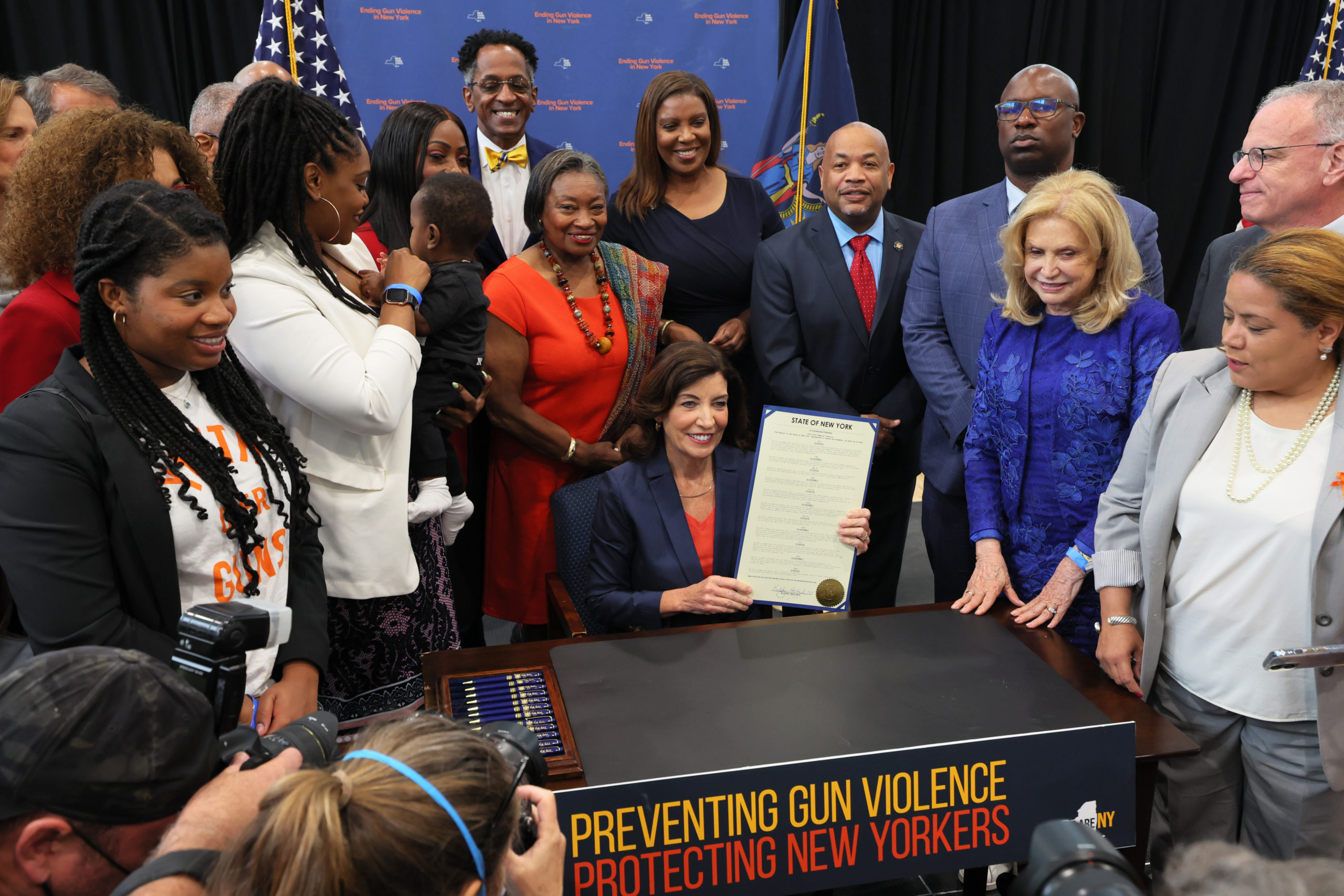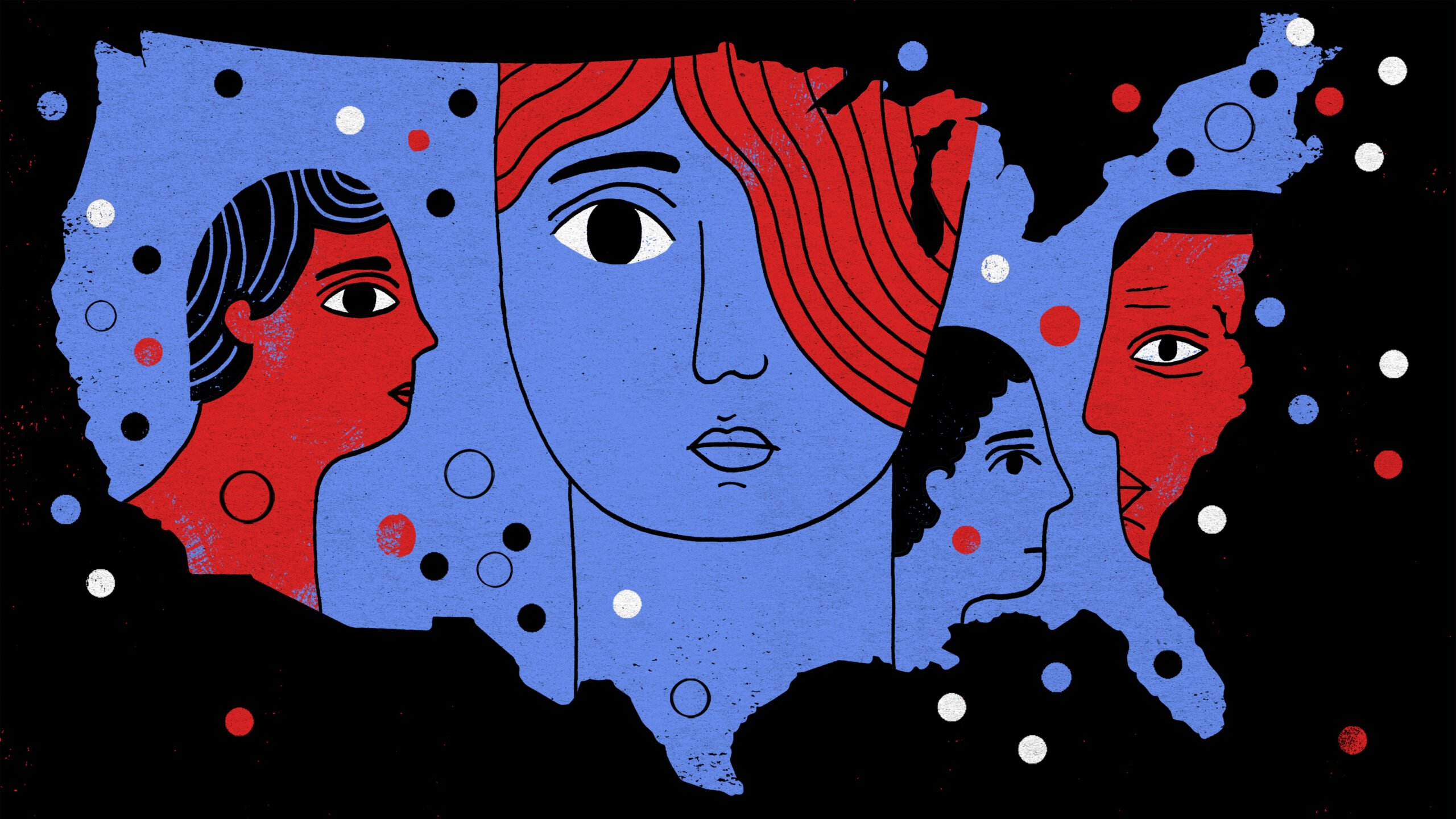What To Know Today
Chicago police not may not be fully deployed where shootings are most likely to occur. The University of Chicago Crime Lab looked at historic shooting data and police vehicle GPS information between June 2020 and February 2021 to examine police deployments during times when most shootings take place. They found that deployment levels appeared to decline during weekend overnight periods, when more shootings happen. Specifically, it found that 14 percent of shootings happen between midnight and 5 a.m. on Saturdays and Sundays in the city’s least-safe neighborhoods, while Chicago police teams recorded 3.8 percent of their work hours in the same period. Police received the data from the lab in March 2021, while The Chicago Tribune obtained a partially redacted summary of the figures this month as part of an open records request. “Too often officers aren’t available when and where they’re most urgently needed,” a summary of the analysis read. The Chicago Police Department and Mayor’s Office did not respond to specific questions about the findings.
New York’s use of red flag orders ramped up after shooting. The teenager who targeted Black people in the Buffalo grocery store shooting in May was never flagged by authorities or his family for a red flag order, despite previous shooting threats and a resulting psychiatric evaluation. In the aftermath, Governor Kathy Hochul signed an executive order directing the State Police to make better use of the law; she also signed a law expanding who can petition for gun seizure orders. The changes appear to have had an effect, with 832 such orders having been issued in the state in the three months since Buffalo, according to new data made available by Hochul’s office. By comparison, the state saw 1,424 order issues from August 2019 to April 2022.
Did police in your state report crime data to the FBI last year? This tool can show you. Last year, the FBI switched to a new system for estimating nationwide crime statistics. But the transition has been sluggish, with close to 40 percent of the nation’s more than 18,000 law enforcement agencies not reporting their data to the FBI’s national database in 2021. Because the bureau requires at least 60 percent of agencies to submit data before it calculates national crime estimates, the FBI hasn’t been able to release those for at least five quarters, either. The Marshall Project has a handy new tool showing the share of agencies reporting in each state and D.C.
Pennsylvania man charged after online death threats against FBI agents. Federal prosecutors charged a 46-year-old resident of Mercer County after they said he posted a slew of threats on the online platform Gab, a social media site itself known as a hotbed for extremist content. The threats included allusions to gun violence, and came after FBI agents searched former President Donald Trump’s Mar-a-Lago residence. They also echoed online threats attributed to the armed man who tried to breach an FBI field office in Cincinnati last week before police shot and killed him. “If you work for the FBI then you deserve to die,” the latest poster wrote in one message.
Data Point
About $250,000 — since 2019, the cost for bullet-resistant film on windows at elementary and middle schools in suburban Texas’s Round Rock Independent School District. [Axios Austin]

